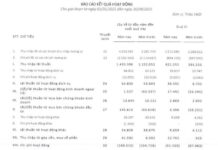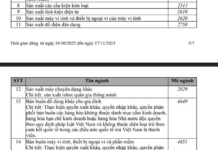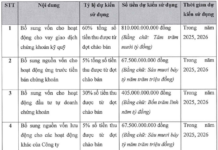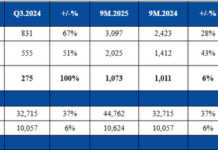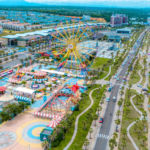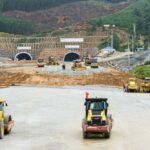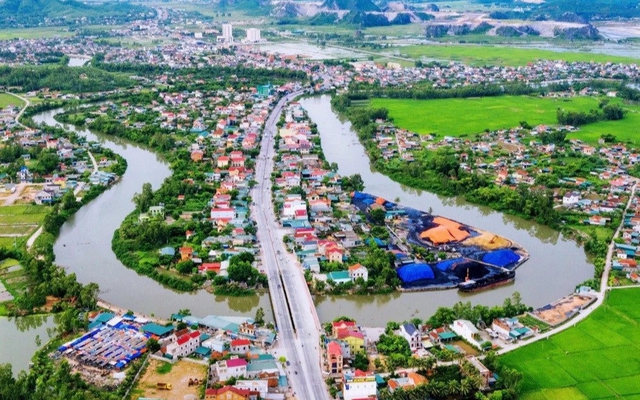
Hoang Mai Town
Hoang Mai Town
According to the 2021-2030 Planning, with a vision to 2050 approved by the Prime Minister, Nghe An province strives to achieve an urbanization rate of 34-36% by 2025 and about 40-45% by 2030. Specifically, by 2025, the province will expand the administrative boundary of Vinh City by merging Cua Lo Town and some communes in Nghi Loc district in the Vinh-Cua Lo corridor. Upgrading Dien Chau district to a town. At that time, Nghe An will have 4 major urban areas: Vinh City (expanded) as a first-class urban area; 2 cities/towns as third-class urban areas, namely Hoang Mai City and Thai Hoa Town; and 1 town, Dien Chau, as a fourth-class urban area.
Ky Anh Town
According to the 2021-2030 Planning of Ha Tinh province, with a vision to 2050, Ky Anh Town is expected to become a city under Ha Tinh province by 2025.
By 2030, Ha Tinh will have two second-class urban areas (Ha Tinh City and Ky Anh City), two third-class urban areas (Hong Linh Town and Duc Tho Town), 12 fourth-class urban areas, and 18 fifth-class urban areas. Among them, there are 18 newly planned urban areas.
2023 is the middle year of the term of implementing the 2nd District Party Congress, which is of great importance in promoting the implementation and striving to complete the targets of the 2021-2025 5-year plans and building Ky Anh Town into a city by 2025.
By that time, the locality achieved 8/14 socioeconomic indicator groups and exceeded the set targets. The total budget revenue in the area reached 329 billion VND, achieving 126% of the provincial plan and 93% of the town’s plan. The investment capital disbursement reached 398 billion VND, reaching over 72% of the plan and is expected to reach 100% of the assigned capital plan by January 31, 2024 (the end of the budget adjustment period).
An Nhon Town
An Nhon Town is located about 20 km northwest of Quy Nhon City and was established in 2011. It is currently a third-class urban area with 5 wards and 10 communes.
In late 2022, Binh Dinh province proposed upgrading An Nhon to a city by 2025. Recently, the locality has set a target to accelerate the development process to achieve recognition ahead of schedule, expected in 2024.
The total investment in infrastructure projects up to the end of 2022 reached 3,363 billion VND. The locality focuses on completing and implementing detailed zoning plans to expand the urban space. Over 40 km of roads connecting communes and wards have been upgraded, resulting in the formation of new urban areas and residential areas.
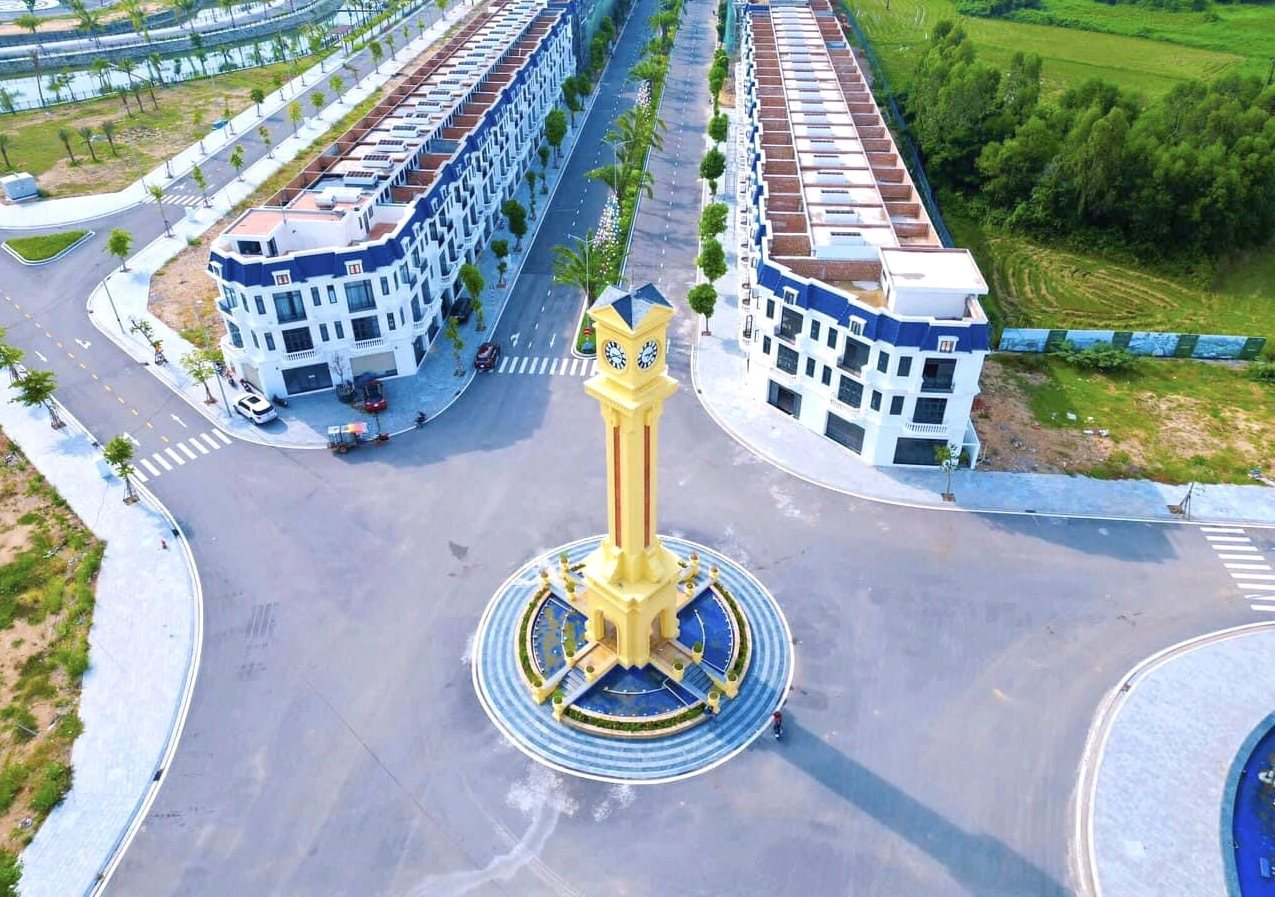
An Nhon Town
In order to become a city before 2025, the locality is carrying out an adjustment of the general urban planning until 2035 and a municipal architectural management regulations. An Nhon continues to mobilize and balance investment capital sources in economic and sociocultural infrastructure. The locality plans to establish wards based on 6 existing communes. The plan to establish wards and the city of An Nhon will be completed and submitted for approval by the end of 2023.
An Nhon is currently a satellite town of Quy Nhon City and a center for economic and cultural exchanges in the Central Highlands – Central region. The area is evaluated to have a very convenient transportation system with National Highway 1, National Highway 19, and the North-South railway. There are also projects such as the Eastern North-South expressway and the Quy Nhon – Pleiku (Gia Lai) expressway passing through this area.
Gò Công Town
According to Decision 1762/QD-TTg approving the 2021-2030 Planning of Tien Giang province, with a vision to 2050, Tien Giang province will have two additional cities, and Go Cong Town is one of them. Specifically, by 2025, Tien Giang province will establish Go Cong City.
Go Cong Town is located in the central-eastern part of Tien Giang province and is the second largest urban area in the province (after My Tho City). It is bordered by Go Cong Dong district to the east, Go Cong Tay district to the west, Long An province to the north, and Go Cong Tay and Go Cong Dong districts to the south. The natural area is 101.98 km².
Go Cong Town is divided into 12 subordinate administrative units, including 5 wards (Ward 1, 2, 3, 4, and 5) and 7 communes (Long Chanh, Long Hoa, Long Hung, Long Thuan, Tan Trung, Binh Dong, and Binh Xuan). With its geographical location and convenient water and land transportation system, Go Cong Town is increasingly asserting its position as the central urban area in the eastern part of Tien Giang province.
Phu My Town
On February 24, 2021, the Prime Minister issued Decision No. 241 approving the classification of urban areas nationwide for the 2021-2030 period, in which Phu My Town is classified as a second-class urban area by 2025. The Provincial Party Committee and the People’s Committee of Ba Ria-Vung Tau province have agreed on a plan to upgrade Phu My Town and establish Phu My City by 2025.
In 2023, the Department of Internal Affairs of Ba Ria – Vung Tau province submitted a report on the plan to establish Phu My City and its subordinate wards. The Department of Internal Affairs believes that Phu My Town meets all 11 criteria for establishing a city within the province. The 3 communes of Tan Hai, Tan Hoa, and Toc Tien in the town meet all 17 criteria for establishing wards.
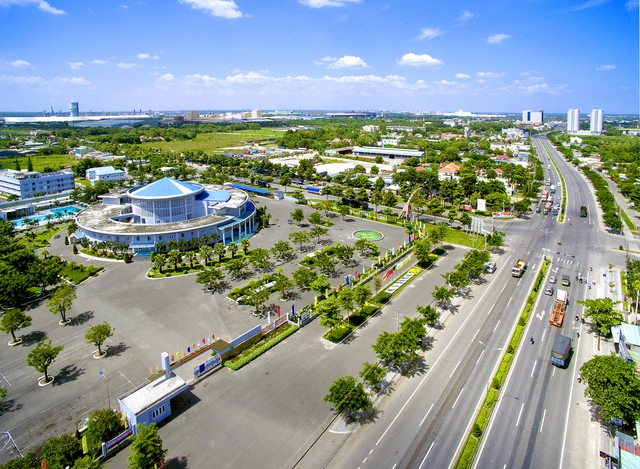
Phu My Town
This is an important step to realize the resolution of the 6th Party Congress of Phu My Town on striving to build the town into a city associated with its strengths in industry and seaports by 2025.
Previously, Phu My Town was established in 2018 based on the entire administrative boundary, population, and status of Tan Thanh district, Ba Ria – Vung Tau province.
The town covers an area of 333.8 km² and has a population of 180,000 people (as of 2019). Phu My Town has a favorable location, bordering Ho Chi Minh City to the west, Ba Ria and Vung Tau cities to the south, and Dong Nai province to the north. The area is oriented to develop 5 key economic sectors of Ba Ria – Vung Tau province: industry, seaports, port logistics services, tourism, and high-tech agriculture.









